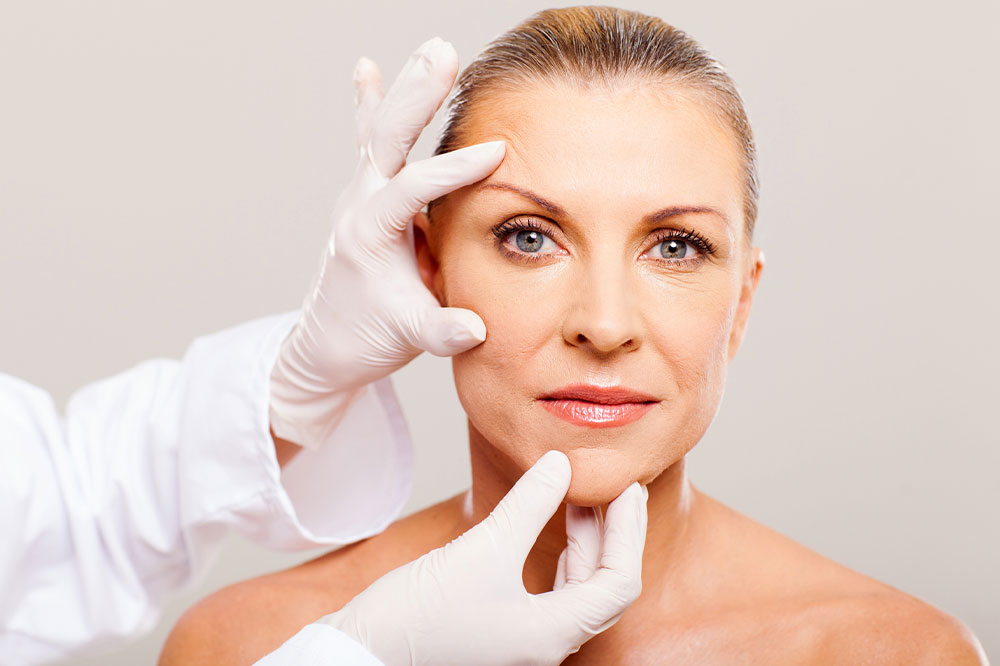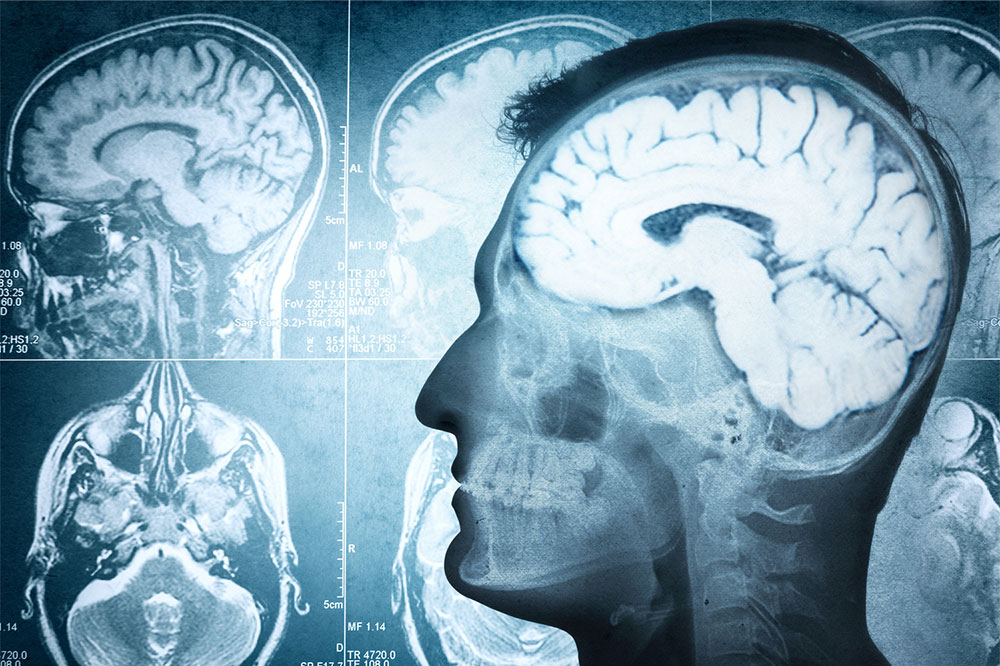Understanding the Aging Process: Types, Signs, Symptoms, and Risk Factors
Explore the different types of aging, early warning signs, common symptoms, and risk factors. This comprehensive guide emphasizes the importance of a healthy lifestyle to mitigate age-related changes, highlighting cellular, hormonal, and metabolic aging processes. Recognizing signs like sunspots, fragile skin, and joint stiffness can aid early intervention. Key risk factors such as smoking, genetics, and poor sleep are discussed, aiding readers in understanding how to potentially slow aging effects and maintain better health with age.

Understanding the Aging Process: Types, Signs, Symptoms, and Risk Factors
As a natural part of life, aging affects everyone over time. Maintaining a healthy lifestyle can help minimize age-related issues, from joint discomfort to memory problems.
Categories of aging
Cellular aging
Cells age based on how often they divide. Typically, cells replicate about 50 times before genetic material becomes less accurate due to shortened telomeres.
Hormonal aging
Fluctuations in hormones influence aging, especially during childhood and adolescence. Hormonal changes may cause skin dryness and other signs of aging as we grow older.
The hormonal balance shifts with age, affecting skin and overall health. During puberty, large pores and acne emerge; later, hormonal changes lead to dry skin.
Metabolic aging
Cells convert food into energy daily, producing byproducts that can harm the body over time. Slowing metabolism through methods like calorie restriction may help delay aging.
Early indicators of aging
Sunspots
Sun-induced hyperpigmented spots often appear on hands, face, or forearms, especially after age 40.
Thin, gaunt hands
As skin thins with age, hands may look fragile and develop wrinkles, common in late 30s and early 40s.
Chest skin inflammation
Sun damage can also lead to pigmentation patches on the chest.
Common symptoms
Increased infection vulnerability
Higher risk of hypothermia or heat stroke
Loss of height due to weakening bones
Bone fractures
Stiff joints and arthritis
Postural changes
Limited mobility
Lower energy levels
Constipation
Decreased vision and peripheral sight
Hearing deterioration
Sagging skin
Significant weight loss
Involuntary urination
Memory decline
Risk factors
Smoking
Chemicals in cigarettes cause oxidative stress, leading to wrinkles, skin dryness, and other aging signs.
Genetics
Genetic disorders like progeria accelerate aging, causing early wrinkles, hair loss, and graying.
Sleep patterns
Getting enough restful sleep is vital for cell regeneration. Poor sleep increases the risk of premature aging.









